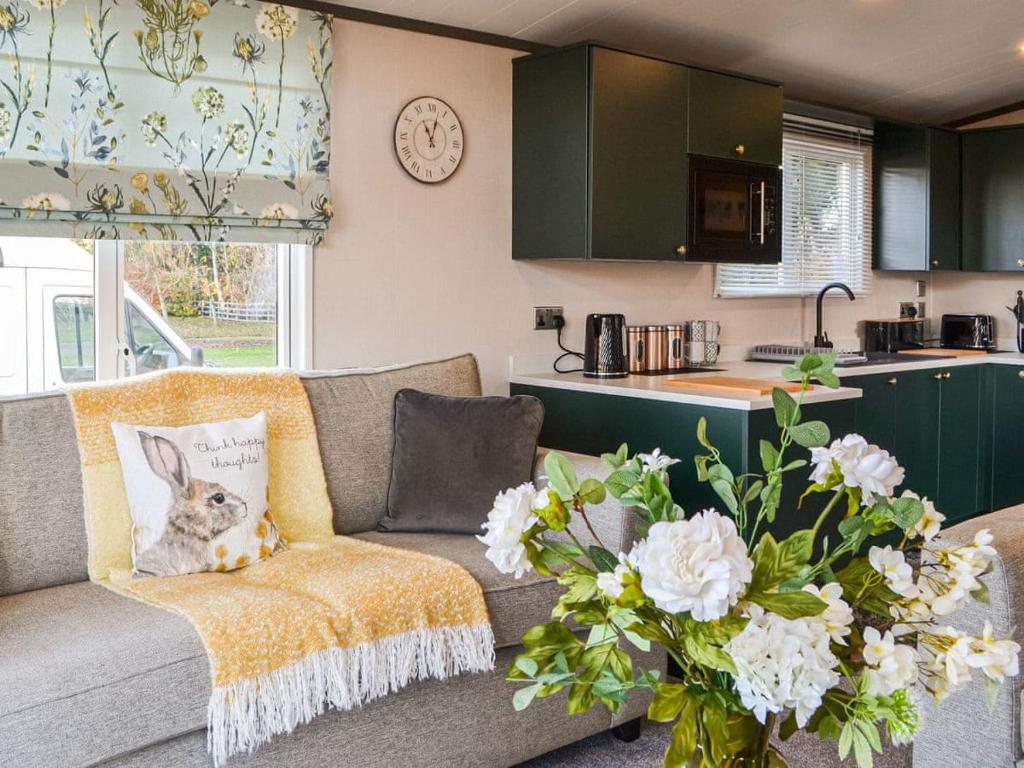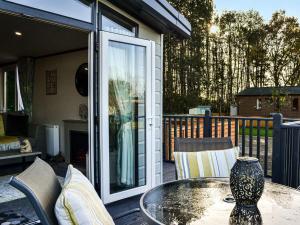Mentioned by premierinn.com
Attractions


"Small but perfectly formed, Clifford’s Tower offers, among other things, splendid views across the city and York Minster from its circular platform up high. It also tells an interesting tale, often referred to as York Castle, the site dates back to 1068 when William the Conqueror was busy trying to rid the north of Vikings and built a number of castles on his way. While many battles raged over the centuries (the murky Jewish massacre of 1190 cast a long shadow), York Castle’s role evolved, including stints as a prison and a royal mint."
"Clifford’s Tower is one of York’s most iconic landmarks, and is largely all that remains of the eminent York Castle. Over its thousand year history, Clifford’s Tower has operated in a number of different functions, housing everything from kings to criminals, cannons to cows. Constructed by William the Conqueror in 1086, the first Clifford’s Tower was a wooden structure placed high on the motte that still stands today."
"There's precious little left of York Castle except for this evocative stone tower, a highly unusual four-lobed design built into the castle's keep after the original one was destroyed in 1190 during anti-Jewish..."


"Merchant Adventurers’ Hall on Fossgate is one of the finest medieval guild halls in existence. A fascinating museum also available for weddings and events (great vintage fairs take place here), the venue’s centrepiece is the Great Hall where medieval merchants once gathered. A collection on display inside includes a range of fine silver, paintings and furniture."

"The York Cold War Bunker has to be one of the city’s most captivating attractions. Tucked down a quiet residential cul-de-sac, you’ll find the inconspicuous entrance through an industrial-looking bomb-proof door. Go past the decontamination room, and down to the control centre, dormitory, and staff room where, for more than 30 years, this place hummed with activity, staffed by volunteers ready to map and manage the fallout from a nuclear blast."


"King’s Manor is a stately house in York city centre that has played host to some of British history’s most important visitors. In the days before the Reformation, it was the home of the Abbot of St Mary’s, before becoming the headquarters of the Council of the North in Henry VIII’s time. The Tudor king himself stayed there, giving rise to its current name."

"Located between Leeds and Wetherby, Bramham Park is the site of the iconic Leeds Festival which occurs every August bank holiday weekend. If you don’t hold tickets to the festival, visit during the rest of the year to explore the 18th Century manor house and its sprawling grounds."

"In the secluded valley of the River Rye about 3 miles west of Helmsley, amid fields and woods loud with birdsong, stand the magnificent ruins of Rievaulx Abbey (ree-voh). The extensive remains give a wonderful sense of the size and complexity of the community that once lived here, and their story is fleshed out in a series of fascinating exhibits in a new museum. There's also a cafe with floor-to-ceiling windows and outdoor terrace from which to gawp at the ruins."

"This pink facade building on St. Helen’s Square (near Betty’s Tea Rooms) is the official residence of the Lord Mayor of York and has only recently opened to the public. The grand, 800 year old house showcases collections of silverware and ceramics, ceremonial items used by the Lord Mayor as well as recreated 18th century bedrooms and dining rooms. The downstairs kitchen has interactive exhibits and equipment to learn about Georgian cooking ."
"The Georgian-style Mansion House in York is the home of the city's Lord Mayors during their term in office. This is the earliest purpose-built house of this sort still in use – it predates the Mansion House in London by at least 20 years. The foundation stone for the building was laid in 1725, and it was completed seven years later, in 1732."


"The Botanist is an absolutely beautiful venue, so if you’re looking for somewhere to have a luxurious bottomless brunch, then this is the one for you. Their bottomless brunch offer lets you choose whatever brunch dish you fancy, and then you can add bottomless drinks for ninety minutes for just £15 per person!. When you see this beautiful restaurant, you’ll be amazed that you’re getting such a fab deal on your bottomless brunch, trust me!"
"The Botanist have a fresh new offering for brunch that you can upgrade to bottomless brunch if you would like (and what’s not to like?). You choose a dish from six different sections of the menu – each section has three options."

"If there was one serious oversight in my original 2009 “budget eats” guide, it was not paying full due respect to this vegan veteran. Its soups, dhals, top-ranking falafel, hummus and tinas (fried carrot patties of remarkable ersatz-creaminess; it’s the coconut milk apparently), are the stuff of local legend and tasty enough to have persuaded many sceptical carnivores to come around. You can eat in of course, in the bright, surprisingly Andalucian-styled cafe-restaurant (El Piano has sister branches in southern Spain), but the takeaway hatch is where you will find a serious bargain."

"Scarborough’s vast open air theatre is located within Northstead Manor Gardens in the North Bay area and offers a packed programme of concerts featuring some of the biggest names in pop music. Ranked as the largest open air theatre in Europe, the venue is impressive and has a rich history as a natural amphitheatre dating back to the 1930s. A host of food and drink outlets are on-site alongside ample parking and merchandise stalls"

"The Milton Rooms is an arts centre and hub for cultural and community lead activities located in Malton, North Yorkshire, a market town in England. Photo: Roger Smith, CC BY-SA 2.0."

"At the base of the cliffs on South Bay, the Spa is a 19th-century complex of performance venues erected at the site of Scarborough’s natural springs. The current Grand Hall opened in 1880 after the previous spa saloon burnt down in 1876. The complex is nearly half a mile in length and you can reach it via the magnificent Spa Bridge, dating to 1827, and the South Cliff Lift from 1873."

"Merchant Adventurers’ Hall on Fossgate is one of the finest medieval guild halls in existence. A fascinating museum also available for weddings and events (great vintage fairs take place here), the venue’s centrepiece is the Great Hall where medieval merchants once gathered. A collection on display inside includes a range of fine silver, paintings and furniture."

"This pink facade building on St. Helen’s Square (near Betty’s Tea Rooms) is the official residence of the Lord Mayor of York and has only recently opened to the public. The grand, 800 year old house showcases collections of silverware and ceramics, ceremonial items used by the Lord Mayor as well as recreated 18th century bedrooms and dining rooms. The downstairs kitchen has interactive exhibits and equipment to learn about Georgian cooking ."
"The Georgian-style Mansion House in York is the home of the city's Lord Mayors during their term in office. This is the earliest purpose-built house of this sort still in use – it predates the Mansion House in London by at least 20 years. The foundation stone for the building was laid in 1725, and it was completed seven years later, in 1732."





















